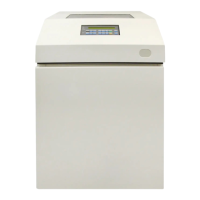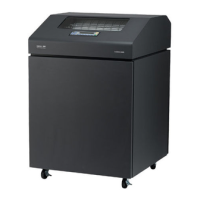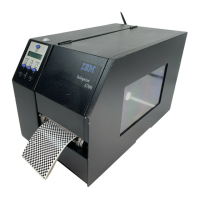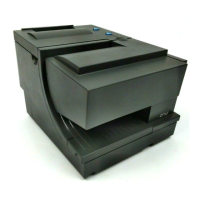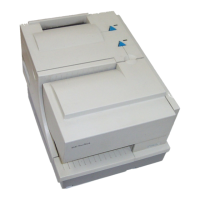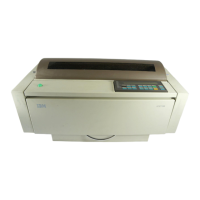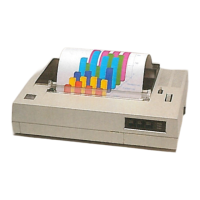Glossary–1
Glossary
A
A to D Analog to Digital.
active column The horizontal location on the paper where the next character will
print. After printing a character, the printer advances the active
column.
active line The vertical location on the paper where the next character will
print. After printing a line, the printer advances the active line.
active position The position on the paper where the next character will print. The
active position is defined by the horizontal position (active
column) and the vertical position (active line).
ACK (Positive) acknowledge. Affirmative or acknowledged.
ASCII American Standard Code for Information Interchange. A standard
character encoding scheme introduced in 1963 and used widely
on many computers and printers. It is a 8–bit code with 256
different bit patterns. There is no parity recommendation.
attributes, print Operations performed on text that alter its appearance but do not
change the font. Examples: underlining, superscripting, bold, etc.
B
bar code A printed code consisting of parallel bars of varied width and
spacing and designed to be read by a one-dimensional scanning
device.
baud A unit of speed that measures the rate at which information is
transferred. Baud rate is the reciprocal of the length in seconds of
the shortest pulse used to carry data. For example, a system in
which the shortest pulse is 1/1200 second operates at 1200 baud.
On RS-232 serial lines, the baud rate equals the data flow rate in
bits per second (bps). To communicate properly, a printer must be
configured to operate at the same baud rate as its host computer.
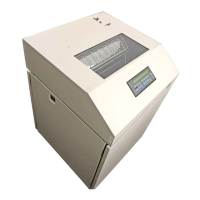
